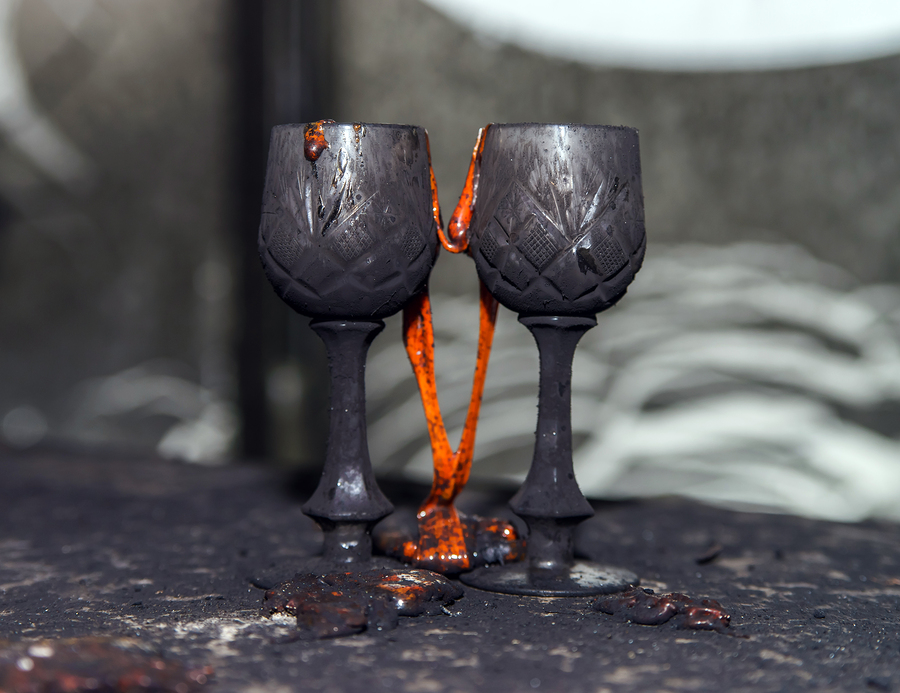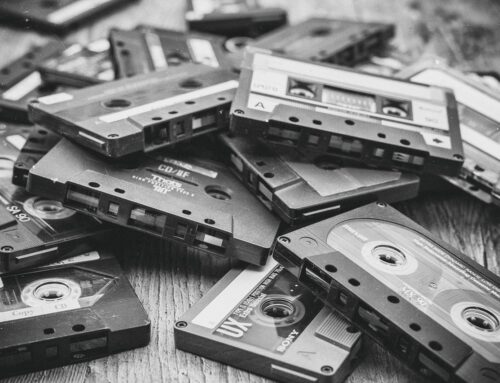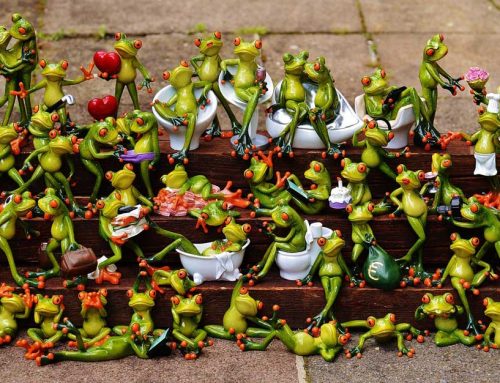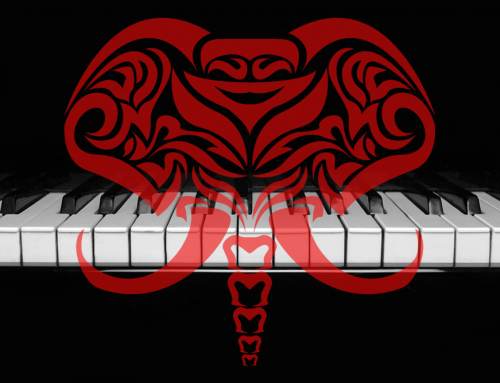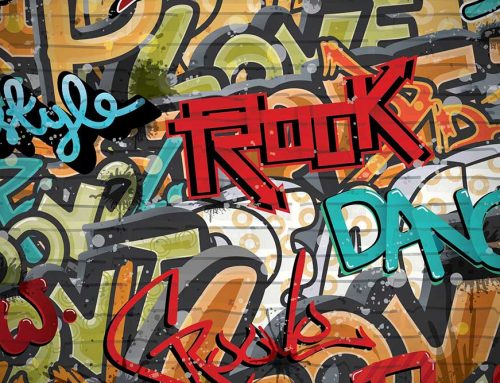Many of us have acquired items over the course of our lifetime that have both a sentimental value and, perhaps, a financial value.
We may be deciding it is time to either turn these into cash, designate a recipient, insure the item, or present it as a gift to a family member of loved one. Unless it has a sentimental value that would far exceed any monetary value, one of the first things we want to consider is what is its financial value? To determine a financial value can require a great deal of research on your part or it may require an expert in the field to give an accurate figure for estate or insurance purposes.
If you are willing to spend the time, in some cases you can do some preliminary work yourself.
But determining the value of an antique or collectible means more than locating an item in a price guide or looking up auction results. In fact, that’s just the beginning of the valuation process. There are a number of factors that contribute to deciding how much your antiques are really worth.
Some of the more important things are:
Condition
One of the most important factors to consider when you value an antique is condition. Even when you locate an item in a price guide, if your piece isn’t in comparable condition the price you found has no relevancy to your item. We have to take all flaws into consideration including chips, cracks, excessive wear, tears, stains and missing components. Most collectors are looking for the most pristine conditions they can find.
Rarity
There are times when an extremely rare antique with condition factors will still be worth quite a good sum based on its rarity alone.
Old doesn’t always mean valuable
Most of any item’s value lies in the buyer’s demand. There are many items over 100 years old now that aren’t in high demand, and demand for any item varies from year to year, and sometimes from week to week.
Is it real or fake?
I and others I have talked to find that about 20% of items brought to us are counterfeit. And counterfeiting is getting increasingly sophisticated in antiques, particularly in coins and currency, stamps, sports memorabilia, art, and oriental artifacts. If an item has been in your family for many generations and you know the history, you can feel reasonably sure you’re dealing with an authentic antique, even though family history and tradition is often flawed and experts often have to deliver the news that what was thought to have been passed down for seven or more generations is actually relatively recent in manufacture.
Consider current market influences
If you’ve located your item in a price guide or auction results, does the information reflect current markets? Prices for antiques and collectibles can and do fluctuate widely and quickly depending on current demand.
If you do decide to sell some or all of your antiques or collectibles, there are a number of venues for this, each of which has advantages and disadvantages.
Some of these are:
An auction house
This is best for higher priced items, like art and high end jewelry and antiques. Their commission ranges from 25% to 40% plus all administrative fees, transport, insurance, photos, promotion, etc. They are usually easy to deal with, but there may be a delay in when an item is marketed because most auction houses like to wait until there are a good number of similar items and sell them at an auction with that particular theme. In addition, a bidder at any said auction for this type of item would, in all likelihood, expect to pay no more than 80% of retail for those items being offered unless they are particularly rare or desirable. In other words, should you elect to liquidate your collection or any part of it through the services of an auction house; you could expect to obtain 50% retail value.
Direct dealer
A retail store or business that specializes in a single area. This would be a coin dealer, an art dealer, or something similar. They usually offer a price of 40% to 60% of value. They will pay you on the spot, but there is a price for that speed. Pawn shops fall into this category as well but their offer is usually well below 50% of value.
Consignment shops
These are usually better for like-new and brand name items. Many consignment shops specialize in one type item like clothing, sporting goods, or furniture. They will typically charge between 25% and 75% of the sales price. If the item does not sell after a set time, it is returned to you.
eBay
Used for most common goods and not ideal for things that are hard to ship or one-of-a-kind. They charge 10% plus some other small costs to upgrade the listing. You will need photos to list.
Donating to charity
First make sure the charity is a legitimate recognized charity! Next you must be eligible to itemize your tax return and itemize it. Contributions of property (other than cash) are subject to strict record keeping and substantiation rules. You must be able to substantiate the fair market value of the goods or property you donated, plus keep any written acknowledgments you receive from the charity. You must make or have an assessment of the fair market value of the property you contribute.
In the end, always remember that with antiques and collectibles, no matter what value is put on anything, even when based on detailed research, the true monetary value of any item is always determined by what a ready, willing, and able buyer is going to to pay for it.


